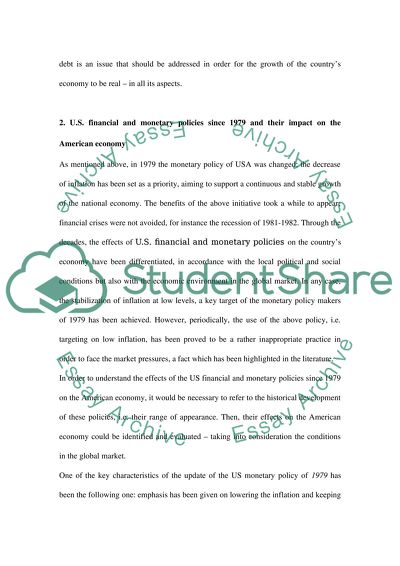Cite this document
(“GLOBAL POLITICAL ECONOMY Essay Example | Topics and Well Written Essays - 2000 words”, n.d.)
Retrieved from https://studentshare.org/environmental-studies/1421529-global-political-economy
Retrieved from https://studentshare.org/environmental-studies/1421529-global-political-economy
(GLOBAL POLITICAL ECONOMY Essay Example | Topics and Well Written Essays - 2000 Words)
https://studentshare.org/environmental-studies/1421529-global-political-economy.
https://studentshare.org/environmental-studies/1421529-global-political-economy.
“GLOBAL POLITICAL ECONOMY Essay Example | Topics and Well Written Essays - 2000 Words”, n.d. https://studentshare.org/environmental-studies/1421529-global-political-economy.


